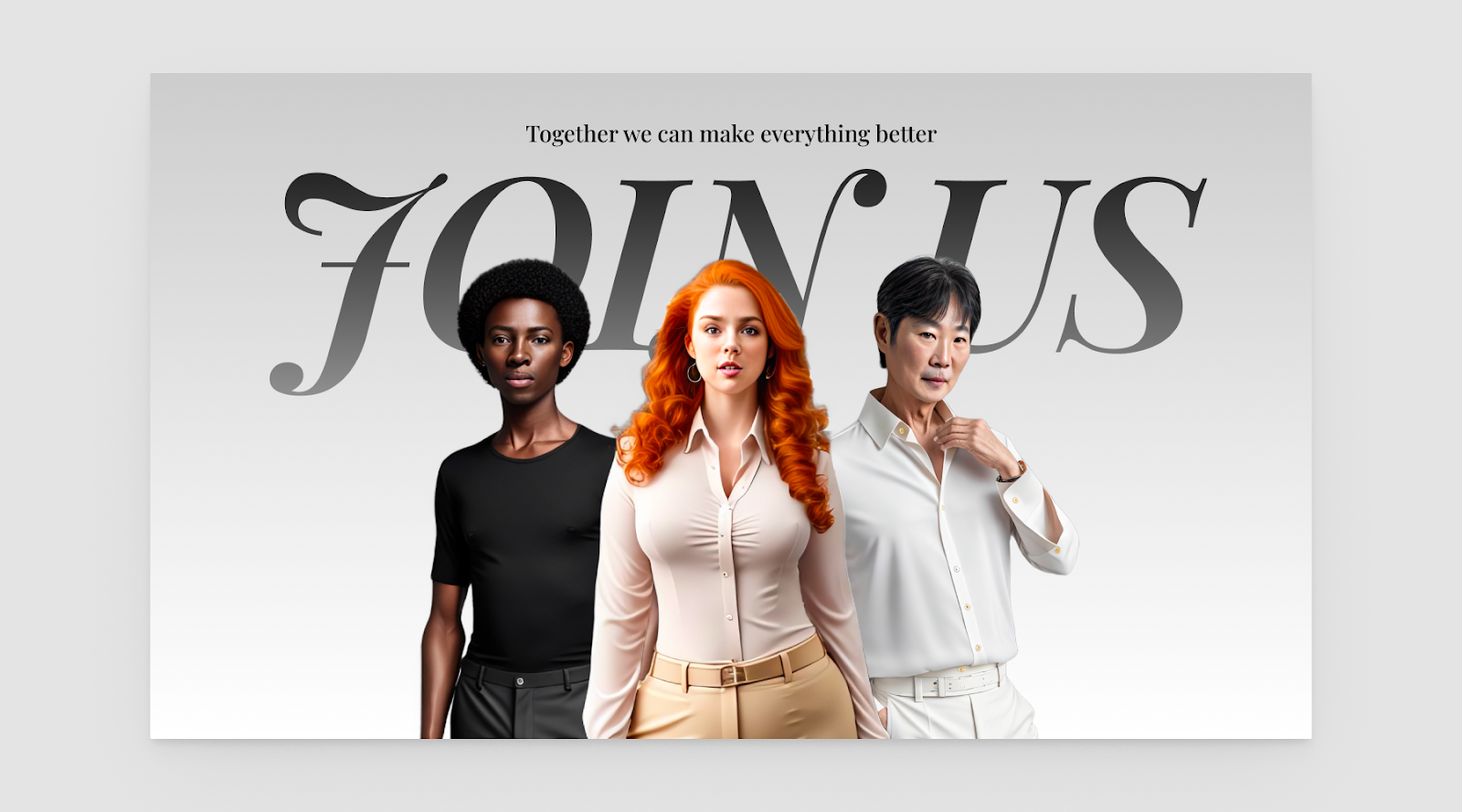Imagine a world where digital interactions are as realistic as face-to-face meetings. Thanks to advances in artificial intelligence, that future is nearly here with the development of photorealistic avatars.
These AI-powered creations offer a new level of engagement across digital platforms, merging the boundaries between virtual and reality. This article explores how Human Generator technology paves the way for these innovations, significantly enhancing how we connect and create digitally.
What is Human Generator?
Human Generator, at its core, is a sophisticated AI tool designed to produce photorealistic human images from scratch. Utilizing advanced algorithms and deep learning techniques, these generators synthesize human features with remarkable accuracy and diversity. From eye color to facial expressions, the AI composes images that are indistinguishable from real human photographs. This technology not only mimics human appearance but also adapts to a variety of ethnicities, ages, and facial features, making it an incredibly versatile tool in digital media.
Applications in Various Industries
Photorealistic avatars created by Human Generator are not just technological feats; they are transformative tools across various sectors. Here's a deeper look at their impact:
- Gaming: In the gaming industry, Human Generator are a game changer. They provide developers with the ability to create characters that are not only realistic but also emotionally resonant with players. This realism can enhance the narrative depth and player immersion, making the gaming experience much more engaging.
- Virtual Reality (VR): VR platforms benefit immensely from photorealistic avatars as they contribute to a more immersive VR experience. Whether in social VR spaces or educational simulations, these avatars help users feel a genuine sense of presence and interaction, bridging the gap between virtual and physical reality.
- Social Media: Personalized avatars can redefine user engagement on social media. Platforms can offer users the ability to create realistic avatars for themselves, enhancing online interactions and creating more meaningful social experiences. This could also pave the way for new content creation and consumption forms.
Advertising and Marketing:
- Targeted Advertising: Human Generator enables the creation of specific models that resonate with diverse consumer bases, allowing for highly targeted advertising strategies.
- Brand Storytelling: Companies can use photorealistic avatars to tell compelling stories, humanizing brands in a way that traditional media cannot.
- Interactive Campaigns: Marketers can deploy interactive campaigns where consumers engage with AI-generated people, possibly improving customer experience and brand loyalty.
- Film and Television Production: In film and TV, Human Generator can drastically reduce the costs associated with extras while allowing for the creation of crowd scenes or background characters that require no physical casting, makeup, or wardrobe.
- Fashion and Retail: Retailers can use human generators to create virtual models of diverse body types, helping customers visualize how clothes would look on similar body types. This can enhance online shopping experiences and reduce return rates.
- Education and Training: In educational contexts, photorealistic avatars can be used to create realistic scenarios for training purposes, such as medical simulations, which require a high degree of accuracy and realism.
Benefits of Using Human Generators
Embracing Human Generator technology offers substantial advantages for creating digital content, both in quality and efficiency. Here are some key benefits:
- Efficiency and Cost-Effectiveness: Human Generator produce thousands of unique, photorealistic images rapidly, reducing the need for costly and time-consuming photoshoots.
- Scalability: This technology effortlessly scales to meet the needs of any project size, from individual designs to extensive advertising campaigns, without compromising on quality.
- Customization: Designers can tailor avatars with specific characteristics like age, ethnicity, and style, providing precise tools for targeted marketing and immersive storytelling in gaming and VR.
- Diversity: With the ability to generate diverse human images, these tools support inclusive representation effortlessly, enhancing global reach and engagement.
These attributes highlight the Human Generator as a groundbreaking tool in digital media, transforming how content is created and experienced.
Conclusion
Human Generator are reshaping the landscape of digital media by providing powerful, versatile tools for creating photorealistic avatars. As this technology continues to evolve, it promises to enhance how we produce and interact with digital content across industries --- from gaming to marketing. By adopting Human Generator, professionals can not only streamline their creative processes but also embrace a future where digital interactions are as rich and diverse as real-world encounters. Let's continue to explore and integrate these innovations thoughtfully, ensuring they enhance our digital experiences while respecting ethical standards in creation and use.







